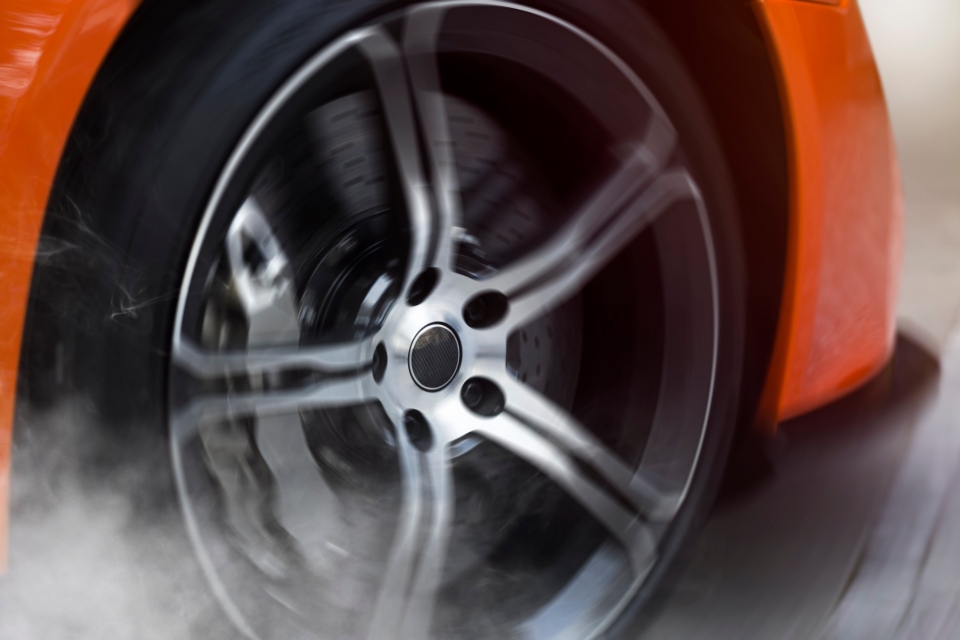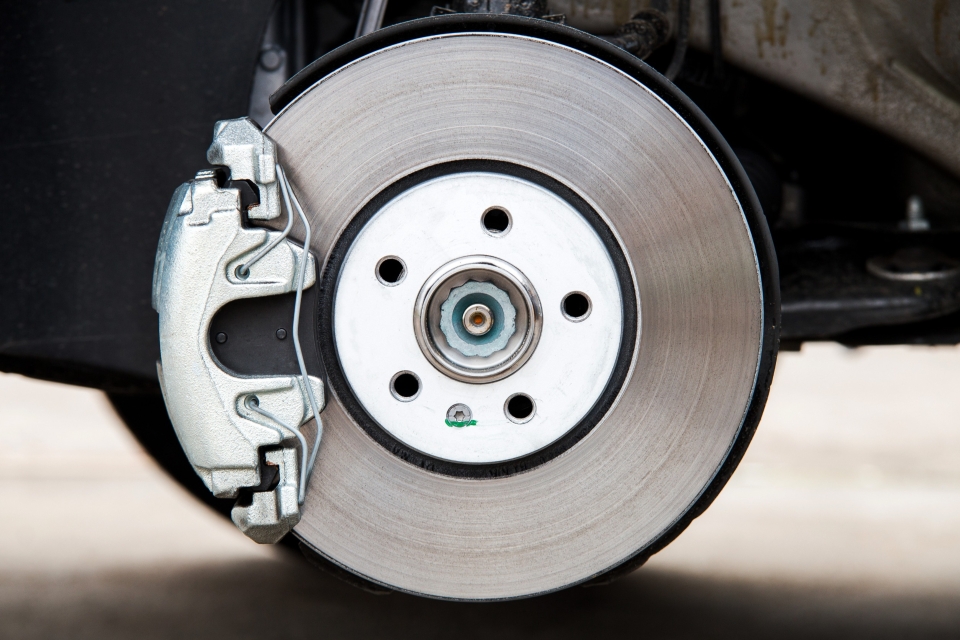Brake Pads: The Hidden Heroes of Road Safety
2024/07/31 | By Andrew Hsu
"The difference of a few tenths of a second can be a matter of life and death," says Daren Wang, Marketing & Sales Department Manager of Taiwan Brake Technology Corp. Often overlooked due to their hidden nature, brake pads are crucial safety components that drivers and road users depend on every day. These essential parts play a vital role in ensuring road safety.
Brake pads function by creating friction with the brake disc, which converts the vehicle's kinetic energy into thermal energy. This process slows down and eventually stops the vehicle. According to Daren, the quality of brake pads is determined by two main standards: noise and braking force.
Noise is measured using NVH (Noise, Vibration, Harshness) indicators, which assess the sound and vibration produced when brake pads are in action and the overall comfort experienced by the driver during braking. One of the noise test standards is SAE J2521, where the highest rating is AAA. Vibration is the cause of noise, perceived as sharp noise by the human ear, often occurring at 70-80 dB. To maintain a quiet state, noise is usually controlled at 60 dB or less. With the rise of electric vehicles and their silent operation, the demand for quieter brake pads has increased. Taiwan Brake has set even stricter requirements, aiming for noise levels under 40 dB.
The braking force of a brake pad is measured by its coefficient of friction; a higher coefficient indicates stronger braking performance. The basic certification for assessing this is SAE J661, which tests braking force at temperatures ranging from 0 to 200 degrees Celsius and 200 to 400 degrees Celsius. For a more advanced and specialized evaluation, SAE J2522 is used. This certification is highly regarded by automotive OEMs and high-end buyers, as it tests brake performance under various conditions, including extreme temperatures up to 600 degrees Celsius.

In terms of brake pads, Daren explained they can be categorized into three types: general vehicles, business vehicles, and high-performance sports cars. For general vehicles, the goal is to balance strong braking force with low noise and driving comfort, which can be inherently contradictory. To address this, the selection of composite materials has become a primary focus in research and development. One of the solutions is Taiwan Brake's composite ceramic formula, consisting of nearly 20 different materials and created using a unique method, which offers an ideal solution for achieving this balance, making it particularly well-suited for electric vehicle brake pads.

For business vehicles, such as trucks and buses, which frequently load cargo and passengers, frequent brake pad replacement is not practical. Therefore, the design of brake pads for these vehicles focuses on enhancing durability and heat resistance. On the other hand, brake pads for high-performance sports cars prioritize durability and heat resistance over comfort and noise reduction due to the demands of athletic and extreme driving. Daren added that the ceramic material used in these brake pads incorporates carbon and high-performance fibers, allowing the pads to dissipate heat quickly and provide stable, powerful braking power simultaneously.
From the early days of asbestos products to today's carbon fiber ceramic composites, the development of brake pads has focused on chemical adjustments. With environmental concerns becoming more prominent, sustainability goals, particularly in ESG (Environmental, Social, and Governance) criteria, are now guiding the industry's direction. This includes reducing emissions and dust during manufacturing and altering the materials used. Taiwan Brake, for instance, has developed technology to collect and reuse discarded dust as a primary raw material for brake pads. They can extract usable components from the dust and incorporate them back into the raw material mix. Additionally, they prioritize materials with good decomposition properties for brake pads to further enhance sustainability.




